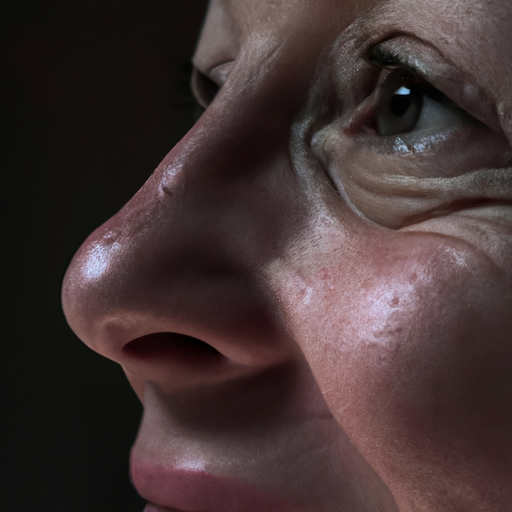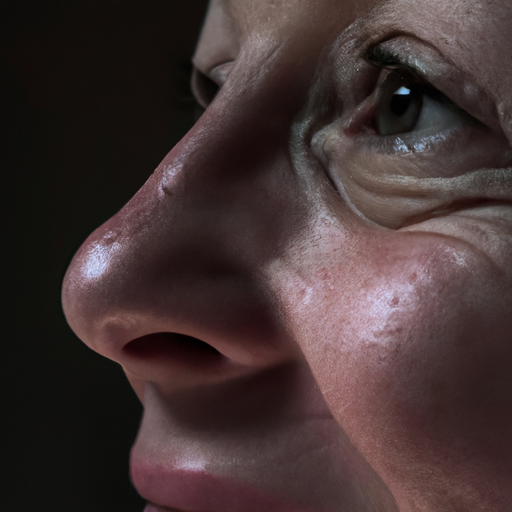As a doctor, I often encounter patients who are confused about the difference between moisturizing and hydrating their skin. They use these terms interchangeably, not realizing that they address different aspects of skin health. Understanding the distinction between moisture and hydration is crucial for maintaining healthy, glowing skin. This article aims to decode your skin’s thirst and help you understand its moisture versus hydration needs.
Firstly, let’s define these two terms. Hydration refers to the water content within the cells that keeps them plump and bouncy, resulting in a youthful and healthy appearance. On the other hand, moisture is associated with the skin’s natural lipids, oils, and fats that seal the hydration in and protect the skin from environmental factors.
Think of your skin as a sponge. If it’s dry and brittle, it cannot effectively absorb water. However, if it’s pliable and flexible (hydrated), it can soak up and retain water efficiently (moisturized). Both hydration and moisturization are essential for optimal skin health.
Dehydrated skin lacks water and can feel tight, display a dull appearance, show fine lines or surface wrinkles, and experience sensitivity or inflammation. It’s a condition that can affect both dry and oily skin types. Factors like diet, caffeine intake, lifestyle habits, and environmental conditions can lead to dehydrated skin.
To hydrate your skin, look for products with ingredients like hyaluronic acid, aloe vera, honey, or glycerin. These humectants attract water to your skin cells, making them plump and reducing the appearance of fine lines and wrinkles. Drinking plenty of water also contributes to maintaining the hydration levels of your skin.
Moisturizing, on the other hand, is about creating a barrier on your skin that locks in hydration and prevents water loss. Without this protective layer, the hydration you’ve just added can easily evaporate in a process called Transepidermal Water Loss (TEWL). Dry skin lacks oil and may feel rough, flaky, or itchy. It needs moisturizing products with ingredients like ceramides, fatty acids, and cholesterol.
To moisturize your skin, look for products that contain emollients like shea butter, jojoba oil, or squalane. These ingredients create a protective layer on your skin that seals in hydration and keeps harmful environmental factors out.
In essence, hydrating products replenish the water content in your skin, while moisturizing products seal that water in. Therefore, a well-rounded skincare routine should include both hydrating and moisturizing products.
For instance, after cleansing your face, you might apply a hydrating serum with hyaluronic acid. This product will penetrate deep into your skin and attract water to your cells. After that, you could apply a moisturizer with ceramides to lock in that hydration and protect your skin.
Understanding the difference between hydration and moisturization can help you choose the right products for your skincare routine. However, remember that everyone’s skin is unique. What works for one person might not work for another. It’s always a good idea to consult with a dermatologist or skincare professional to determine the best approach for your specific skin needs.
In conclusion, maintaining a balance between hydration and moisturization is key to achieving healthy, radiant skin. By understanding your skin’s thirst, you can quench it with the right mix of hydrating and moisturizing products. Remember, your skin’s needs may change with the seasons or as you age, so be prepared to adapt your skincare routine accordingly.




